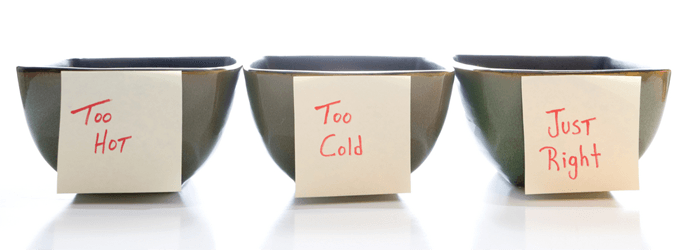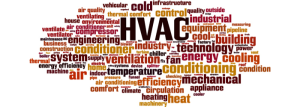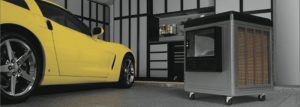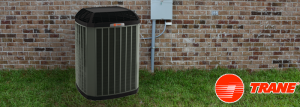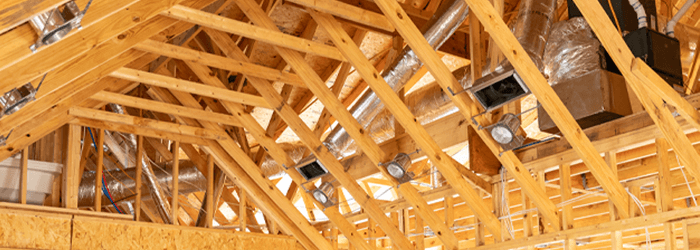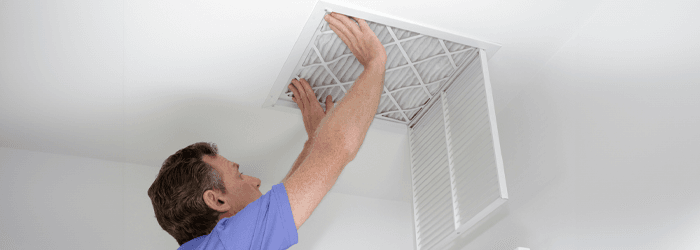ROSIELOCKS AND THE THREE HVAC UNITS
When buying a new home heating and cooling system, it can be hard to find the one that’s “just right.”
Richard Rojo of Rosie on the House Certified-Partner, Trane, explains the process of selecting the appropriate size HVAC unit.
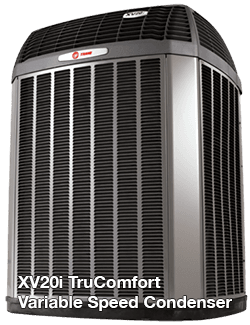
It’s important to know what you want most and what combination of system and features offers the best solution for your home. The best way to get started is to remember and follow these three steps as suggested by Trane: Prepare, Research and Shop.
Recent innovations in heating and cooling technology and energy efficiency make this a great time to upgrade your current system. Check out the latest Trane heating and air conditioning products and compare today’s features to your current system. You may be surprised by how much money and energy you can save.
HVAC vs. AC | What’s The Difference?
To get what you need, it’s important to know what heating and cooling terms mean. HVAC and AC tend to be assumed to be the same. They are related, but different, like second cousins, once removed.
- HVAC is a common abbreviation that stands for heating, ventilation, and air conditioning. HVAC is a general term that refers to your entire heating and cooling system.
- AC is short for air conditioning or air conditioner. An air conditioner is a machine that cools your home. In most homes, an air conditioner is one part of a central AC cooling system.
Figuring out an accurate HVAC size involves two basic steps and a lot of details.
Step 1 | Determine How Many BTUs of Heating And Tons of AC You Need
What is a BTU? The U.S. Energy Information Administration (EIA) explains that a British Thermal Unit (BTU) is a measurement of the heat content of fuels or energy sources. It is the quantity of heat required to raise the temperature of one pound of liquid water by one degree Fahrenheit at the temperature that water has its greatest density (approximately 39 degrees Fahrenheit.) It’s technical, but it gives us a standard of reference. A one-ton AC unit can remove 12,000 BTU’s of heat per hour.
Best Method: Manual J Calculation
The best way to determine the perfect HVAC unit size is to have a Manual J calculation done for your house. The Manual J calculation is the most precise measurement available and is used to establish the most accurate BTU load. This process considers the following factors:
- Square footage
- Climate zone
- Ductwork
- Number and style of windows
- Natural shade or sunlight
- Quality and amount of insulation
- Number of people using the space
- Heat-generating appliances
- What temperature you want to maintain in the summer
Many utility companies offer a free or subsidized energy audit that will provide you with your Manual J calculation — just ask. You can also hire an energy auditor or HVAC dealer to do your audit.
With a Manual J report in hand, you’ll know exactly how many British Thermal Units (BTUs) of heating and cooling you need for your home.
Other Methods
Methods that just use the square footage of your home are outdated. They may get a very rough estimate of the size needed but this method does not take in the many other factors that determine which size is appropriate for your home.
Step 2 | Decide Which Unit To Buy
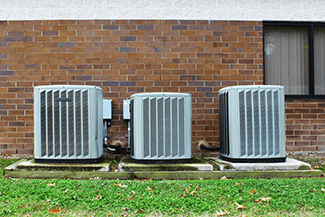
Now it’s time to select your HVAC dealer and learn more about the heating and cooling products they offer. Sometimes the dealer may not have your exact BTU size — but don’t worry. If your BTU requirement is between sizes, make your decision carefully. For example, Rosie suggests that if the Manual J calculation says your home needs 25,000 BTUs for cooling, but your HVAC dealer only has air conditioners that handle 24,000 or 30,000 BTUs, choose the smaller unit.
If the calculations determine that you need 28,500 you would go to the 30,000 BTU’s to make sure your comfort needs are covered. In that case having a little extra power will ensure your system can handle the load on days with extremely high or low temperatures.
Just beware of getting a unit that is too big because it will heat or cool your home too quickly and then shut off. This frequent on and off cycle called, “short cycling,” will cause uneven temperatures and higher energy bills.
Rosielocks & The Seven Romeros
It is important to consider how cool your home needs to be for you and your family to feel comfortable. For Rosielocks and the seven Romeros, that can be a challenge when multiple people want different temperature settings. There’s really no rule of thumb. Comfort is a matter of personal preference. But when it comes to the size of the system itself, there are things to consider.
This one is too big.
A unit that is too big will heat or cool your home too quickly and then shut off. This frequent on and off cycle will cause uneven temperatures and higher energy bills. It also won’t run long enough to wring out the humidity. High humidity indoors can lead to problems, including but not limited to your discomfort and mold growth. This doesn’t adequately filter your indoor air either.
This one is too small.
An undersized unit will run all the time without ever making your home as comfortable as you’d like it to be. If you install a unit that’s too small, you may regret it on the hottest and coldest days of the year.

This one is just right!
An air conditioning unit that is just the right size for your home will run long enough to keep to the temperature you desire. It will also cycle the moisture out of the air to give you the most comfort and energy efficiency.
Buying a heating and air conditioning system is a big decision. And a personal one. Think about the climate you live in, your comfort needs, and the features that are the most important to you. These considerations will help you make sure you get the right system.
An HVAC unit is a big investment that that will last for years. When buying your new system, be sure to ask about financing options, special offers and rebates, and tax credits.
And know this, the best unit mounted to a bad duct system will only perform badly, inefficiently, and expensively. If the candidates you are interviewing for a new system haven’t taken into consideration your current supply air and return air duct system, you should eliminate that candidate. Their focus is not your comfort or long term economics.
###
PODCAST
One size HVAC system does NOT fit all! Besides the correct size unit, the duct system, returns and registers all have a role for the comfort you desire. Rosie and Jeff Heller of Trane Air Conditioners explain the things you need to know on sizing the proper system so you don’t overspend, what can reduce performance in the system and Rosie’s favorite subject Super Cooling and how it can work for you!
SPONSORED BY: TRANE
Trane: America’s Most Reliable™ HVAC System. “It’s Hard To Stop A Trane.®” isn’t just an advertising slogan. Trane’s reputation for reliability, efficiency, and longevity is unparalleled in the HVAC industry, and countless satisfied homeowners across the U.S. serve as testimony to the superior quality engineered into every Trane product. Every Trane is tested to withstand the harshest conditions nature or our engineers can throw at it. When it’s time for a tune-up, our dealers and certified Trane Comfort Specialists™ are always at your service right when you need them. It’s that kind of reliability that’s earned us the positions of America’s Most Trusted HVAC System*.
Photo Credit
- Trane
- Shutterstock
RELATED CONTENT
- Certified Partner: Trane
- Certified Partner: Reeis
- Certified Partner: Temperature Control
- Resource: Rosie’s Air Conditioning Consumer Guide
- DIY FAQ: How Do I Determine The Right Size Of My New Air Conditioning Unit?
- DIY FAQ: What Is Seer?
- Blog: When To Replace Your AC
- Podcast: When To Replace Your AC
- Trane Resource: Heat Pump Vs. Furnace
- Trane Resource: HVAC Size
- Trane Resource: Air Conditioning Myths

